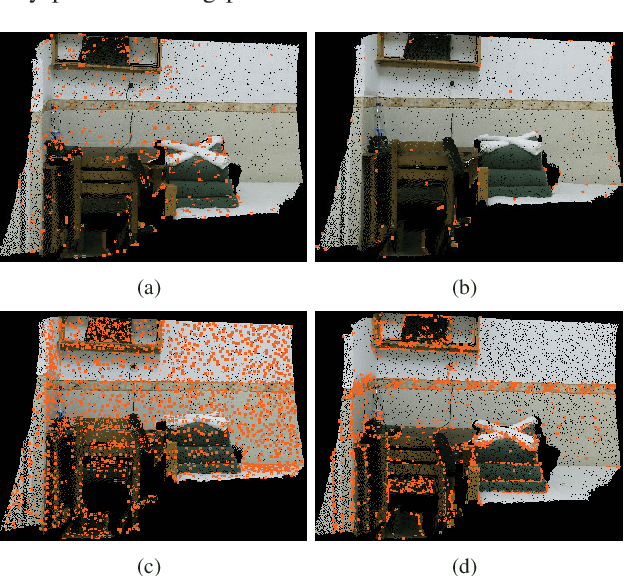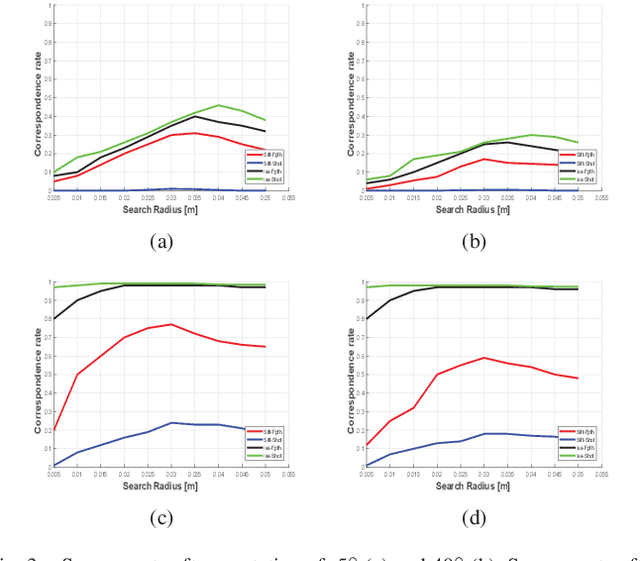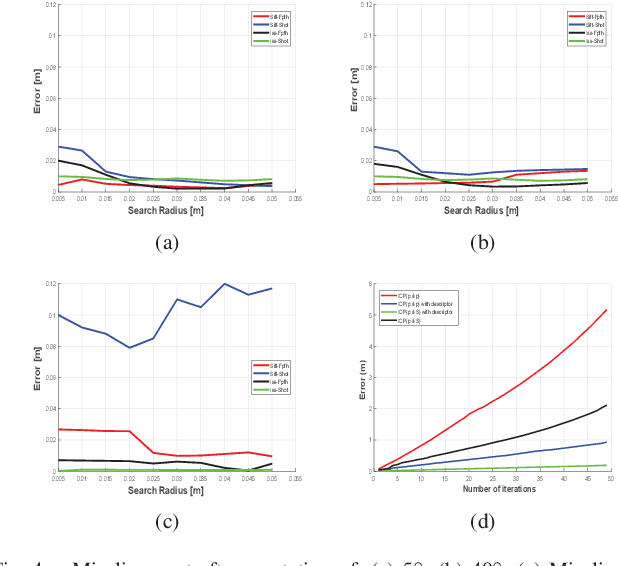A Comparative Study of Coarse to Dense 3D Indoor Scene Registration Algorithms
Paper and Code
Oct 28, 2021



3D alignment has become a very important part of 3D scanning technology. For instance, we can divide the alignment process into four steps: key point detection, key point description, initial pose estimation, and alignment refinement. Researchers have contributed several approaches to the literature for each step, which suggests a natural need for a comparative study for an educated more appropriate choice. In this work, we propose a description and an evaluation of the different methods used for 3D registration with special focus on RGB-D data to find the best combinations that permit a complete and more accurate 3D reconstruction of indoor scenes with cheap depth cameras.
* In 2019 International Conference on Advanced Electrical
Engineering (ICAEE) (pp. 1-6). IEEE (2019) * Accepted in International Conference on Advanced Electrical
Engineering (ICAEE)
 Add to Chrome
Add to Chrome Add to Firefox
Add to Firefox Add to Edge
Add to Edge